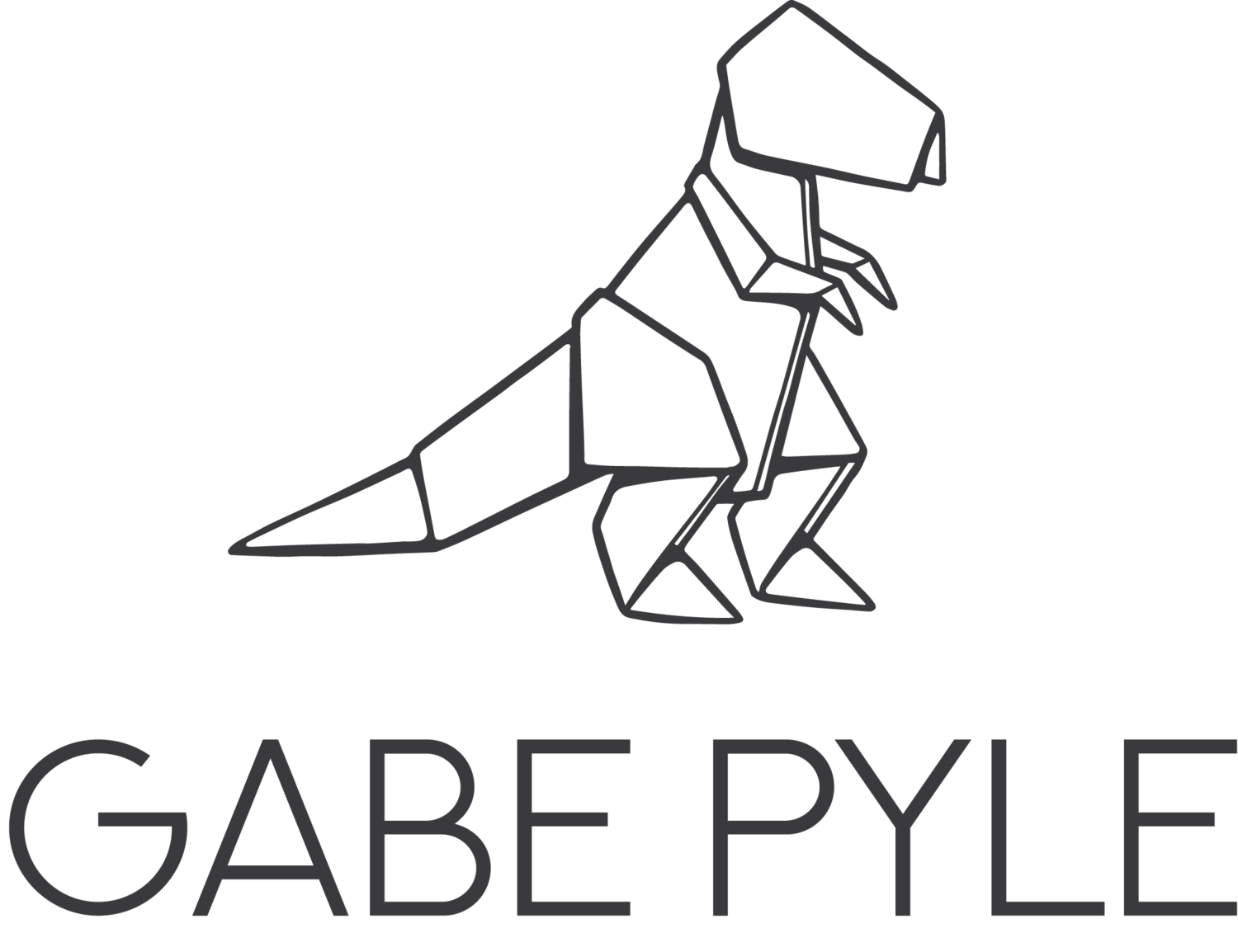BCI Session 2
Sat by a stream an contemplated the following functions:
How does nature:
Attach permanently?
Expel gases?
Protect from loss of gases?
Prevent buckling/deformation?
Once my ten minutes of “being” was complete, I began walking around, studying components of the stream environment. I saw stones and bugs and water plants and minnows and a snakeskin. Apparently there was a snake nearby. Best tread lightly.
Upon studying the rock, I saw a huge split all the way down the side. Rocks are so heavy and dense. Why is that? Everything must be packed so tightly and so densely that the structure remains unmoved by outside forces. But some forces are strong enough to break rocks. This split looked like the result of freezing water.
Water turning into ice. It’s strong enough to break rocks apart. Is there a way to harness this molecular force?
I sat on a wooden bench and considered how strong trees must be that we kill them and use them for structure.
Then I started thinking about how crazy trees are. They start out so tiny and thin, and they use sunlight, water, and CO2 (and I’m guessing some nutrients from the soil) to create more wood. As most people know, you can tell how old a tree is by counting its rings. Every year, a tree adds a new ring to the outside, meaning that the interior wood is the oldest wood in the tree.
What if there were a way to simulate the growth of a tree in our buildings? That is, the outside of the building is essentially dead cells that protect the active layer of the building which is constantly producing fresh material? The building wouldn’t have to get any bigger— it could push in towards the center of the building so that old material can be harvested and used for something else (paper? textiles?)
Also, on the note of attaching permanently, I started to study some moss which had attached itself to one of the rocks. Rocks are, on the whole, not terribly porous. How did the moss stick?
Upon closer inspection, it looked like the moss has these tiny hair-like filaments that grabbed onto the tiny imperfections in the rock.
Could we use this kind of dry adhesion in our construction processes? Could we do away with sticky, chemically-dependent adhesives if we could figure out a way to utilize this kind of adhesion?
Regardless, I really started to enjoy myself in this BCI session. There was a young woman working a short distance away. I'm sure she questioned my sanity as I stooped down and started poking at moss.








